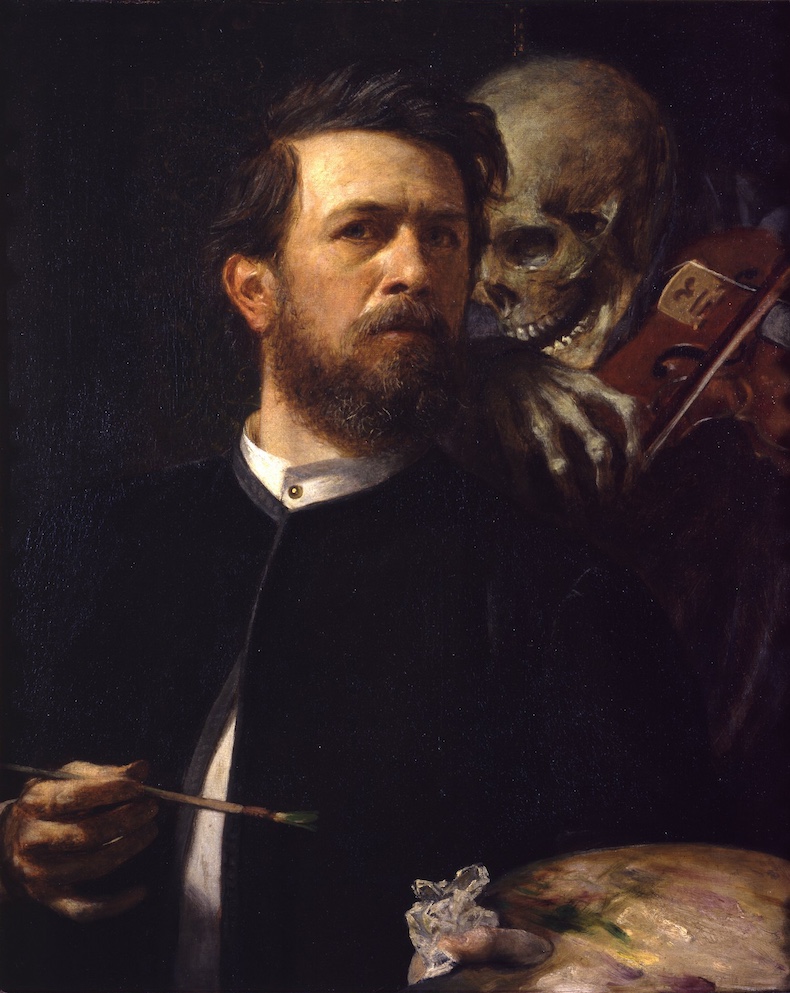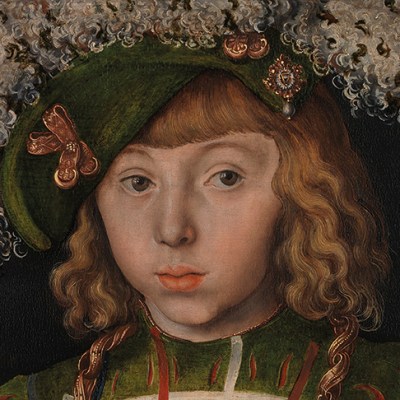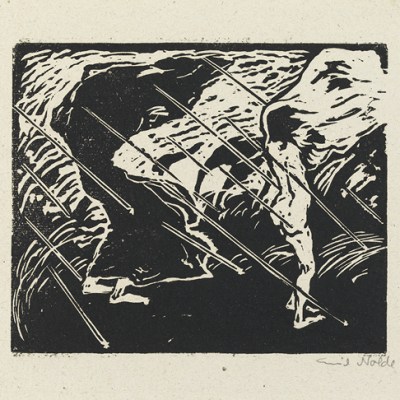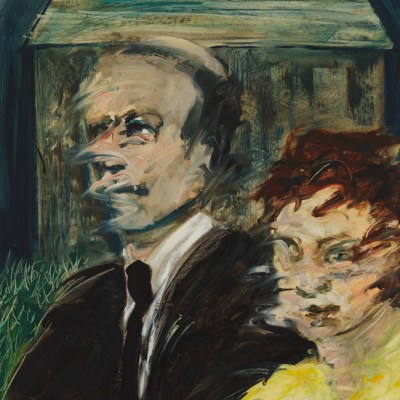The term ‘gothic’ is used in this exhibition to designate work that draws on motifs that we associate with the macabre – skulls abound, as do black crows, vampires and mythical monsters, as well as scenes of violence, suffering and despair (28 February–15 June). The central premise of the show, which has transferred from the Ateneum in Helsinki, is that in the late 19th and early 20th centuries a host of European artists, from Käthe Kollwitz and Ernst Ludwig Kirchner to Akseli Gallen-Kallela and Edvard Munch, studied and reinterpreted the work of Old Masters such as Holbein, Cranach and Dürer to forge a new ‘gothic modern’ aesthetic. These modern works are hung alongside several Renaissance paintings, allowing visitors to compare, for instance, Kollwitz’s contorted charcoal drawing Death and Woman (1910) with dancing skeletons in the 15th-century Nuremberg Chronicle, or Hugo Simberg’s Wounded Angel (1893) with Cranach’s depiction of the torture of the Saint Sebastian from 1543.
Preview below | View Apollo’s Art Diary
Find out more from the Nasjonalmuseet’s website
Wounded Angel (1893), Hugo Simberg. Photo: Hannu Aaltonen/Finnish National Gallery; © Finnish National Gallery/Ateneum
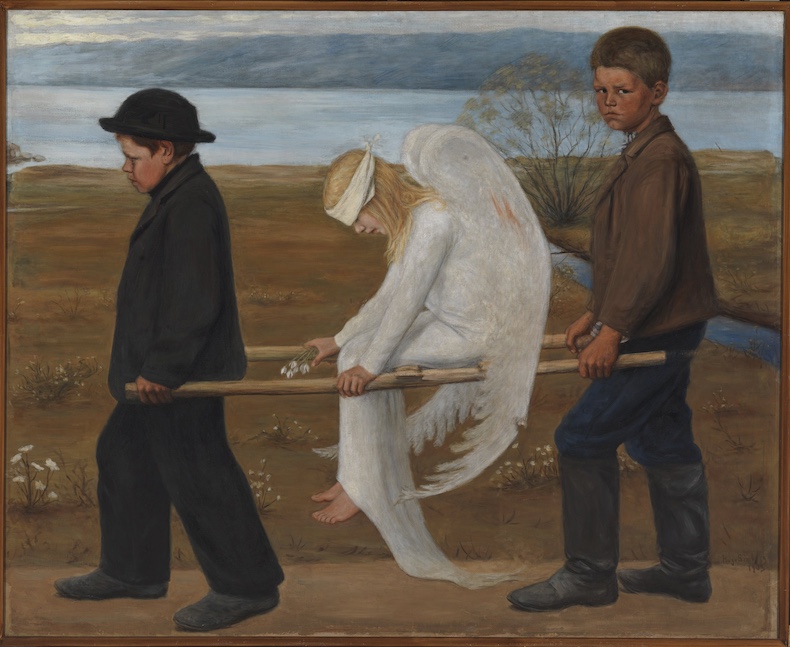
Bad Sower (1908), Gustave Van de Woestyne. Photo: © Phoebus Foundation
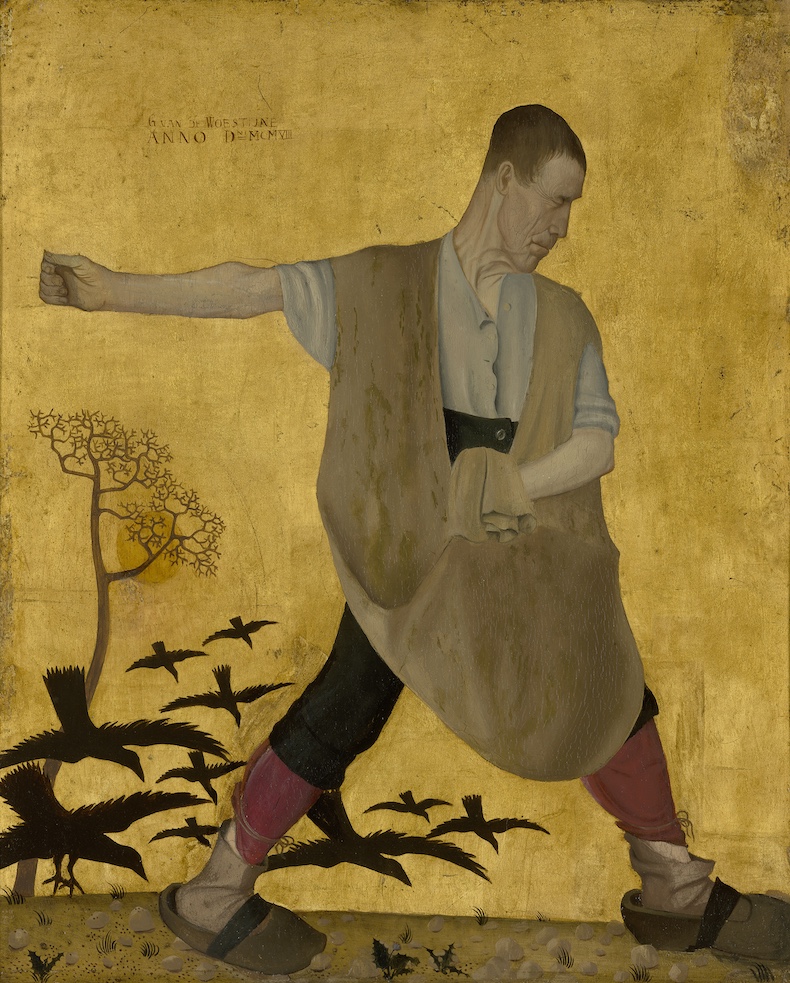
Depiction by Michael Wolgemut of the ‘Dance of Death’ in the Nuremberg Chronicle (1493). Photo: Ernst Bjerke
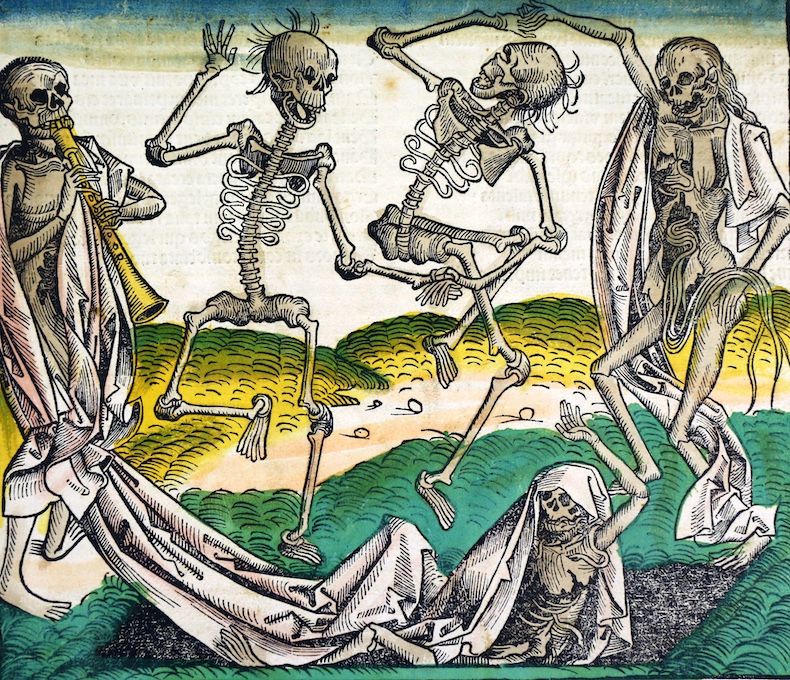
Self-Portrait with Death Playing the Fiddle (1872), Arnold Böcklin. Photo: Andres Kilger; © Alte Nationalgalerie, Staatliche Museen zu Berlin
